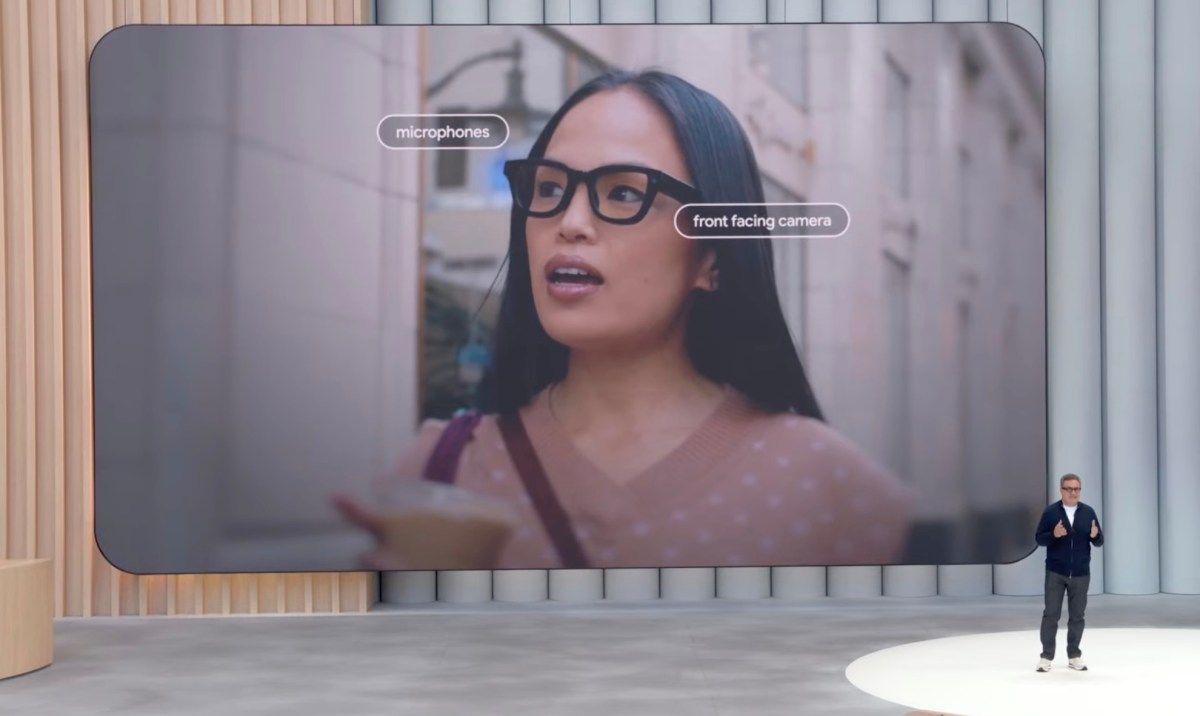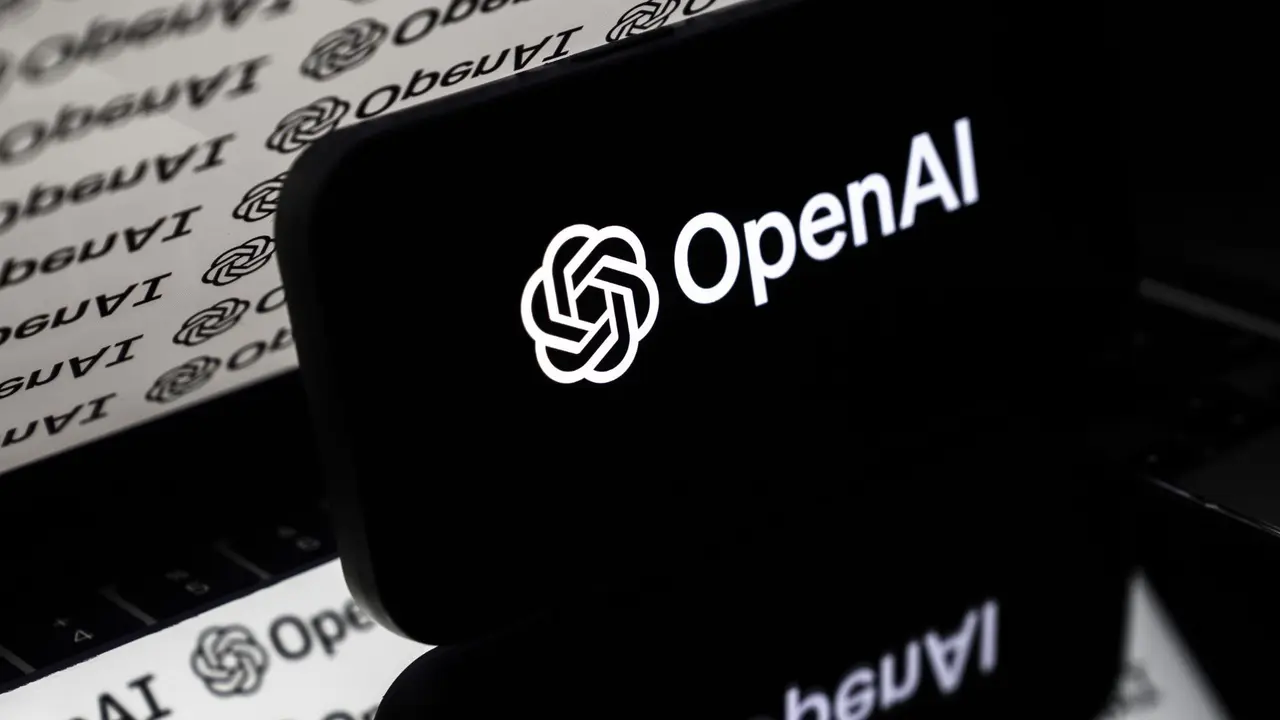Foxconn and NVIDIA Revolutionize Healthcare with AI-Powered Smart Hospitals in Taiwan
3 Sources
3 Sources
[1]
Foxconn Taps NVIDIA to Accelerate Physical and Digital Robotics for Global Healthcare Industry
Credit: Taichung Veterans General Hospital, Foxconn, Kawasaki Heavy Industries The global healthcare system is expected to face a shortage of 4.5 million nurses by 2030 -- and one of the main causes is high burnout. Manufacturing giant Foxconn is helping ease the burden with NVIDIA-accelerated solutions like Nurabot, a collaborative nursing robot that offloads time-consuming, fatiguing tasks such as transporting medication and samples across the hospital. Nurabot is just one of Foxconn's smart hospital applications developed using NVIDIA technologies and deployed by Taiwan's leading medical centers. Its other tools include AI models to support patient health monitoring and digital twins of hospital facilities to help management teams with design and planning. Together, these applications can transform medical centers into smart hospitals powered by NVIDIA physical AI and its three-computer solution. First, massive AI models are trained and fine-tuned on supercomputers. Next, in simulation, digital twins are used for planning, testing and robotics training -- and third, edge computing systems enable rapid AI inference on robots and sensors. Taichung Veterans General Hospital (TCVGH), Baishatun Tung Hospital - Mazu Hospital, and Cardinal Tien Hospital are among the Taiwan-based healthcare institutions adopting Foxconn's smart hospital solutions to support clinicians and advance patient care. "Taiwan has a highly developed healthcare infrastructure with a strong push toward digital health transformation, creating the ideal environment for robotic integration," said Shu-Fang Liu, deputy director of the nursing department at TCVGH, which is currently conducting a field trial with Nurabot. "Robots are augmenting our capabilities so we can provide more focused, meaningful care." Foxconn's smart hospital solution begins in the data center, where high-performance compute is applied to develop large AI foundation models -- like FoxBrain, a large language model (LLM) developed using the NVIDIA NeMo framework. Trained on NVIDIA Hopper GPUs, FoxBrain is capable of text-to-speech, automatic speech recognition and natural language processing. The company is also using its Honhai Super AI Computing Center 1, which features NVIDIA DGX systems, to develop healthcare-specific AI models. Offered through Foxconn's CoDoctor AI platform, powered by NVIDIA AI, these models improve diagnostic accuracy and optimize clinical workflows for tasks including retinal imaging, vital sign monitoring, arrhythmia screening and cancer screening.
[2]
That's One Smart Hospital! Taiwan Medical Centers Deploy Life-Saving Innovations With NVIDIA System-Builder Partners
Healthcare organizations are tackling the industry's toughest challenges by adopting NVIDIA physical and digital robotics technologies, enabled by top Taiwanese computer makers. Leading healthcare organizations across the globe are using agentic AI, robotics and digital twins of medical environments to enhance surgical precision, boost workflow efficiency, improve medical diagnoses and more. Physical AI and humanoid robots in hospitals have the potential to automate routine tasks, assist with patient care and address workforce shortages. This is especially crucial in places where challenges to optimal healthcare services are paramount. Such challenges include hospital overcrowding, an aging population, rising healthcare costs and a shortage of medical professionals, all of which are affecting Taiwan, as well as many other regions and countries. At the COMPUTEX trade show in Taipei, NVIDIA today showcased how leading Taiwan medical centers are collaborating with top system builders to integrate smart hospital technologies and other AI-powered healthcare solutions that can help reduce these issues and save millions of lives. Cathay General Hospital, Chang Gung Memorial Hospital (CGMH), National Taiwan University Hospital (NTUH) and Taichung Veterans General Hospital (TCVGH) are among the top centers in the region pioneering healthcare AI innovation. Deployed in collaboration with leading system builders such as Advantech, Onyx, Foxconn and YUAN, these solutions tap into NVIDIA's agentic AI and robotics technologies, including the NVIDIA Holoscan and IGX platforms, NVIDIA Jetson for embedded computing and NVIDIA Omniverse for simulating virtual worlds with OpenUSD. With an average of 8.2 million outpatient visits and 2.4 million hospitalizations a year, CGMH estimates that a third of the Taiwanese population has sought treatment at its vast network of hospitals in Taipei and seven other cities. The organization is pioneering smart hospital innovation by enhancing surgical precision and workflow efficiency through advanced, AI-powered colonoscopy workflow solutions, developed in collaboration with Advantech and based on the NVIDIA Holoscan platform, which includes the Holoscan SDK and the Holoscan Sensor Bridge running on NVIDIA IGX. NVIDIA Holoscan is a real-time sensor processing platform for edge AI compute, while NVIDIA IGX offers enterprise-ready, industrial edge AI purpose-built for medical environments. Using these platforms, CGMH is accelerating AI integration in its colonoscopy diagnostics procedures. Deployed in gastrointestinal consultation rooms, the AI-powered tool collects colonoscopy streams to train a customized model built on Holoscan and provides real-time colonic polyps identification and classification. CGMH's AI infrastructure -- comprising NVIDIA accelerated computing, NVIDIA DGX systems, the MONAI framework, NVIDIA TensorRT-LLM open-source library, NVIDIA Dynamo inference framework, and the NVIDIA NeMo and Clara platforms -- enables accelerated research and development across the organization. CGMH serves nearly 50 AI agent models that daily help the hospital analyze medical imaging, improving diagnostic accuracy, throughput and real-time inference at scale. For example, NVIDIA Triton-powered AI sped newborn examination record processing by 10x. Cathay General Hospital, a Taipei-based healthcare center that provides hospital management and medical services, has worked with Onyx and software provider aetherAI to develop an AI-assisted colonoscopy system that highlights lesions, detects hard-to-spot polyps and issues alerts to help physicians with diagnoses. Powered by a compact, plug-and-play AI BOX device -- built with the NVIDIA Jetson AGX Xavier module -- the AI system is trained on over 400,000 high-quality, physician-annotated images collected from patients with diverse and severe lesions over four years. Studies have shown the system can achieve up to 95.8% accuracy and sensitivity while improving adenoma detection rates by as much as 30%. These enhancements assist physicians in reducing diagnostic errors and making more informed treatment decisions, ultimately contributing to improved patient outcomes. In the 100+ years since its founding, NTUH has nurtured countless professionals in medicine and is renowned for its trusted clinical care. The national teaching hospital is now adopting AI imaging to more quickly, accurately diagnose patients. NTUH's HeaortaNet model, trained on more than 70,000 axial images from 200 patients, automates CT scan segmentation of the heart, including the aorta and other arteries, in 3D, enabling rapid analysis of risks for cardiovascular disease. The model, which achieves high segmentation accuracy for the pericardium and aorta, significantly reduced data processing time per case from an hour to about 0.4 seconds. In addition, NTUH collaborated with the Good Liver Foundation and system builder YUAN to develop a diagnostic-assistance system for liver cancer detection during ultrasounds. It taps into an NVIDIA Jetson Orin NX module and a deep learning model trained on more than 5,000 annotated ultrasound images to identify malignant and benign liver tumors in real time. NVIDIA DeepStream and TensorRT SDKs accelerate the system's deep learning model, ultimately helping clinicians detect tumors earlier and more reliably. In addition, NTUH is using NVIDIA DGX to train AI models for its system that detects pancreatic cancer from CT scans. Taichung Veterans General Hospital (TCVGH), a medical center and a teaching hospital administered by the Veterans Affairs Council in Taipei, has partnered with Foxconn to build physical and digital robots to augment staffing, improving clinician productivity and patient experiences. Foxconn developed an AI system that can analyze medical images and spot signs of breast cancer earlier than traditional methods, using NVIDIA Hopper GPUs, NVIDIA DGX systems and the MONAI framework. By tapping into clinical data and multimodal AI imaging, the system creates 3D virtual breast models, quickly highlighting areas of concern in scans to help radiologists make faster, more confident decisions. Foxconn is also working with TCVGH to build smart hospital solutions like the AI nursing collaborative robot Nurabot and tapping into NVIDIA Omniverse to create real-time digital twins of hospital environments, including nursing stations, patient wards and corridors. These digital replicas serve as high-fidelity simulations where Jetson-powered service robots can be trained to autonomously deliver medical supplies throughout the hospital, ultimately improving care efficiency. In addition, TCVGH has developed and deployed its Co-Healer system, which integrates the Taiwanese native large language model TAIDE-LX-7B to streamline clinical documentation processes with agentic AI. Co-Healer, built on the NVIDIA Jetson Xavier NX module, processes and helps summarize medical documents -- such as nursing progress notes and health education materials -- and supports medical exam preparation by providing students with instant access to nursing guidelines and patient-specific protocols for clinical procedures and diagnostic tests. This helps healthcare workers alleviate burnout while giving patients a clearer understanding of their diagnoses.
[3]
AI nurse Nurabot steps in as Taiwan leads smart hospital shift
Meet Nurabot -- a collaborative nursing robot built to combat burnout by taking over some of the most taxing tasks in clinical care. Nurabot isn't alone. Foxconn has built a suite of smart hospital tools using NVIDIA tech, including AI models that track patient vitals and digital twins that help hospitals design better spaces. Together, these tools aim to transform traditional hospitals into AI-powered ones. The process starts in the data center. There, giant AI models are trained on NVIDIA supercomputers. Hospitals then test and train robots in virtual twins. Finally, edge devices bring these systems to life in real-time. Leading medical centers in Taiwan -- Taichung Veterans General Hospital, Baishatun Tung Hospital, Mazu Hospital, and Cardinal Tien Hospital -- are already on board. "Taiwan has a highly developed healthcare infrastructure with a strong push toward digital health transformation, creating the ideal environment for robotic integration," said Shu-Fang Liu, deputy director of the nursing department at TCVGH, which is currently conducting a field trial with Nurabot, in a release.
Share
Share
Copy Link
Foxconn partners with NVIDIA to develop AI-driven solutions for smart hospitals in Taiwan, including the Nurabot nursing robot and advanced diagnostic tools, addressing healthcare challenges and improving patient care.

Foxconn and NVIDIA Collaborate on Smart Hospital Solutions
Foxconn, the global manufacturing giant, has partnered with NVIDIA to develop cutting-edge AI-powered solutions for the healthcare industry. This collaboration aims to address the projected shortage of 4.5 million nurses by 2030 and combat high burnout rates among healthcare professionals
1
.Nurabot: The AI-Powered Nursing Assistant
At the forefront of this innovation is Nurabot, a collaborative nursing robot designed to alleviate the burden on human nurses. Nurabot takes on time-consuming and fatiguing tasks such as transporting medication and samples across hospitals, allowing human staff to focus on more critical patient care activities
1
.Comprehensive Smart Hospital Ecosystem
Foxconn's smart hospital applications extend beyond Nurabot, encompassing:
- AI models for patient health monitoring
- Digital twins of hospital facilities for improved management and planning
- The FoxBrain large language model (LLM) for text-to-speech, automatic speech recognition, and natural language processing
1
These applications leverage NVIDIA's three-computer solution:
- Supercomputers for training and fine-tuning massive AI models
- Digital twins for planning, testing, and robotics training
- Edge computing systems for rapid AI inference on robots and sensors
1
Deployment in Taiwan's Leading Medical Centers
Several prominent Taiwanese healthcare institutions are adopting Foxconn's smart hospital solutions:
- Taichung Veterans General Hospital (TCVGH)
- Baishatun Tung Hospital - Mazu Hospital
- Cardinal Tien Hospital
- Cathay General Hospital
- Chang Gung Memorial Hospital (CGMH)
- National Taiwan University Hospital (NTUH)
1
2
Advanced AI-Powered Diagnostic Tools
The collaboration has resulted in the development of various AI-powered diagnostic tools:
- AI-assisted colonoscopy system: Highlights lesions, detects hard-to-spot polyps, and issues alerts to aid physicians in diagnoses
2
- HeaortaNet model: Automates CT scan segmentation of the heart for rapid analysis of cardiovascular disease risks
2
- Liver cancer detection system: Uses deep learning to identify malignant and benign liver tumors in real-time during ultrasounds
2
Related Stories
Infrastructure and Technology Stack
Foxconn's smart hospital solutions are built on a robust technology stack:
- NVIDIA Hopper GPUs for AI model training
- NVIDIA DGX systems for healthcare-specific AI model development
- NVIDIA Holoscan and IGX platforms for real-time sensor processing
- NVIDIA Jetson for embedded computing
- NVIDIA Omniverse for simulating virtual worlds
1
2
Impact and Future Prospects
The integration of these AI-powered solutions is already showing promising results:
- Up to 95% accuracy and sensitivity in colonoscopy diagnostics
- 30% improvement in adenoma detection rates
- Reduction in CT scan processing time from an hour to 0.5 seconds
2
As Taiwan leads the way in smart hospital innovation, these advancements have the potential to transform healthcare delivery globally, addressing critical challenges such as staff shortages, aging populations, and rising healthcare costs
2
3
.References
Summarized by
Navi
[1]
[3]
Related Stories
Foxconn Partners with Taiwan Hospitals to Leverage NVIDIA's Taipei-1 Supercomputer for AI-Driven Medical Innovations
20 Nov 2024•Technology

Japan Leads AI Revolution in Healthcare: From Drug Discovery to Robotics
13 Nov 2024•Technology

Nvidia Expands AI Infrastructure in Taiwan with Supercomputers and New Headquarters
19 May 2025•Technology

Recent Highlights
1
AI Chatbots Sway Voters More Effectively Than Traditional Political Ads, New Studies Reveal
Science and Research

2
Google AI glasses set to launch in 2026 with Gemini and Android XR across multiple partners
Technology

3
EU Launches Antitrust Probe Into Google's AI Training Practices and Content Usage
Policy and Regulation





